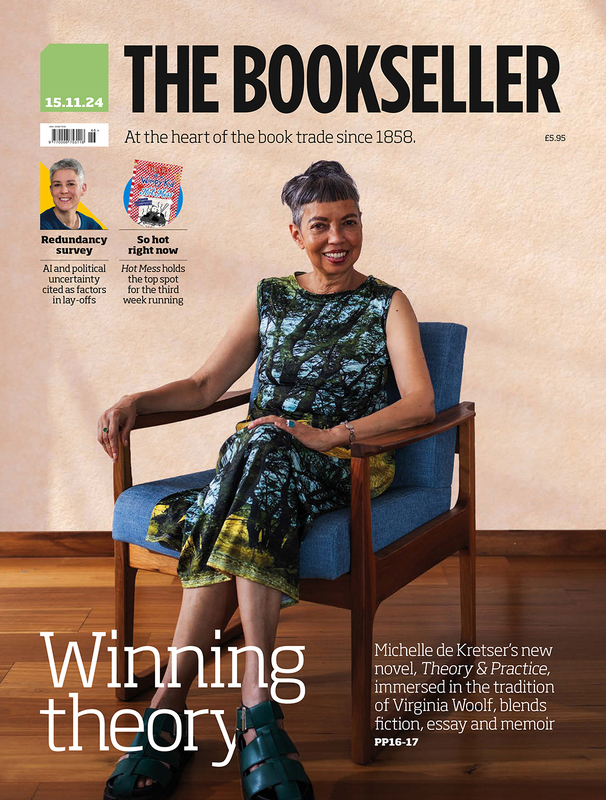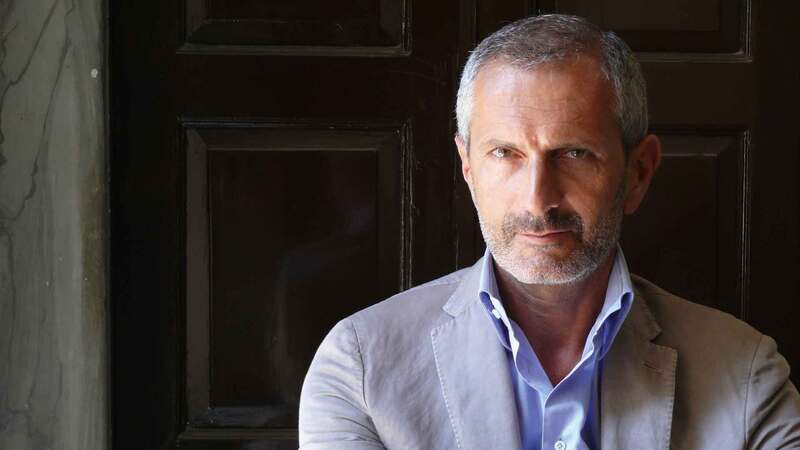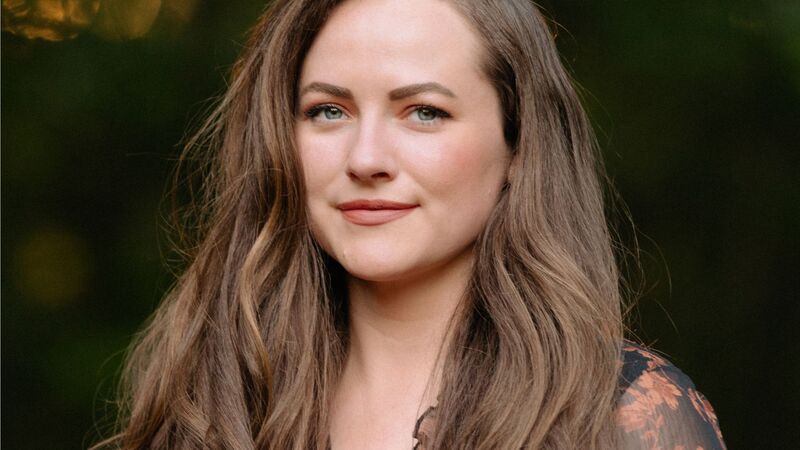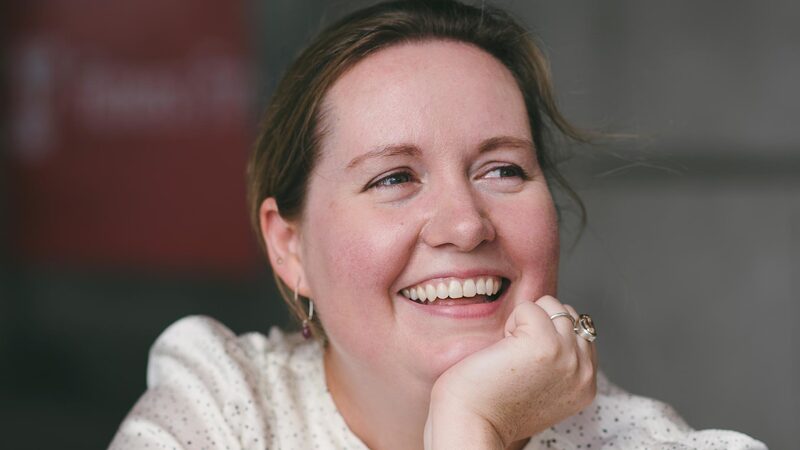You are viewing your 1 free article this month. Login to read more articles.
Re-telling Rapunzel
As a child, I spent a lot of time in hospital.
Books were my only source of sunshine, my only solace. Everyone knew to bring me a pile of books whenever they visited me. I would read them to rags, and then imagine myself into the story.
Grimms' Fairy Tales
When I was seven, my mother brought me Grimms’ Fairy Tales. The stories in that book are still my favourites, but it was ‘Rapunzel’ that resonated most powerfully with me. It was the story of a girl who was locked away in a tower, much as I was kept confined within my hospital ward.
Even more powerfully, it was a story about a girl who wept upon the blinded eyes of her lover and healed him. I was in hospital because I had been attacked by a dog as a baby and my tear duct had been damaged. My eye wept constantly, and the duct itself would become infected, swelling so much not even the eyelashes of my left eye could be seen. Feverish, half-blind, in constant pain, I wished, deep in the most secret part of me, that my tears would heal me instead of making me sick.
The uncanny parallels between ‘Rapunzel’ and my own life seemed to have some kind of potent meaning. Rapunzel escaped, Rapunzel healed. So would I, I told myself, and in time, of course, I did.
As I grew up, I used to wonder about the story. Why did the witch lock Rapunzel away? Why didn’t the prince bring Rapunzel a rope?
At last I knew I had to write my own retelling of the story. Not as a children’s book, I thought. ‘Rapunzel’ is about desire and obsession and black magic. It had to be a novel for adults. Nor did I want it to be an otherworld fantasy.
Fairy-tale retellings can be so predictable. Everyone knows the story. I had to find some way to make my novel intriguing, suspenseful, compelling, and surprising. Perhaps if I told it as a story set in a real place, at a real time? That meant I could not use magic to explain all the mysteries in the story – the tower without a door or a stair, the golden fathoms of her hair, the tears that heal the prince’s eyes...
Venice
My imagination caught fire. Learning that one of the earliest versions of ‘Rapunzel’ was written by a 16th-century Venetian soldier, I decided Venice would be a wonderful setting for a Rapunzel tale. All those towers and walled gardens and dark alleyways.
I also knew I wanted to retell part of the story from the point of view of the witch. I made her a beautiful Venetian courtesan - and the mysterious red-haired muse that the artist Titian painted over and over throughout his long life. Along the way I made many fascinating discoveries about witches in Venice, including the fact they were buried with a brick jammed in their jaws to stop them chewing their way out of their grave.
I wanted a third strand of narrative, however, so that my story would structurally and symbolically reflect the golden braid of hair.
Then one day I stumbled across the fascinating life story of Charlotte-Rose de la Force, the woman who wrote the tale as it is best known. She wrote her story, ‘Persinette’, while locked away in a convent by Louis XIV, the Sun King, after outraging the royal court with her antics, which included dressing up as a dancing bear to gain access to her young lover. Her life was a gift for a novelist and yet utterly unknown… and gave me the final spellbinding thread for my retelling of ‘Rapunzel’.
Bitter Greens by Kate Forsyth is published by Allison & Busby.















